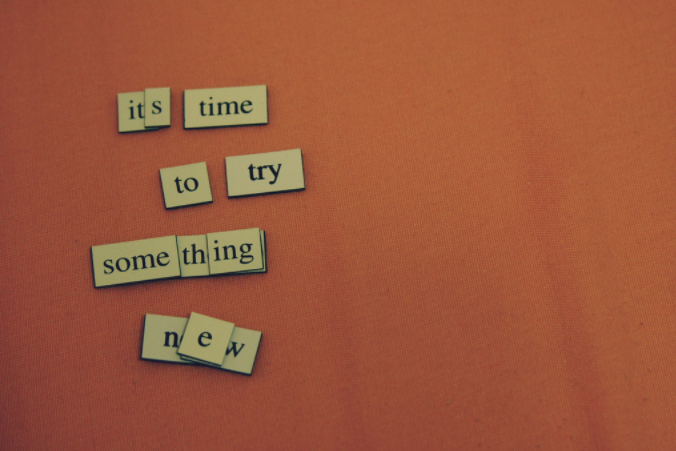Scrolling through Instagram recently, which is possibly the worst way I could think of to begin a sentence, I came across a picture of fresh ink on an indeterminable portion of someone’s body that read in typeface, “a happy soul is the best shield for a cruel world —atticus.” I laughed, as I’ve never been one to find solace in such self-assured aphorisms. That is, until I realized the extent of the relationship between this social-media-based pop poetry to everyone else.
It’s difficult to avoid social media in 2017. It’s made its way into our daily lives: in the content we read, music we listen to, the mouths of our politicians, and the morning news. With a smartphone or a tablet in the hands of everyone from ages one to 101, it has become a form of regular communication.
An entire generation of young readers has grown up with these devices and social media platforms such as Facebook, Twitter, and YouTube in hand. With 700 million Instagram users, 1.5 billion YouTube subscribers, 328 million active Twitter users, and 359 million Tumblr blogs, social media’s short form style of communication is, without a doubt, connecting people on a global scale.
The way we communicate is changing, and the power and ease of impersonal communication and immediate gratification of an internet-based society is making its mark on literature. According to the National Endowment of the Arts, literary reading has been in a slow decline for the past two decades, hitting an all-time low in 2015 at 43.1 percent, with poetry readers in an even sharper decline. That is, until recently. At least, in the traditional way we would imagine a reader with a book of Keats sprawled out in front of a roaring fire. Instead, those readers are scrolling through Instagram and Tumblr, on a bus or at home, scouring and commenting on poetry that resides solely online.
Short-format poetry has made a serious splash on the literary scene by use of social media. Platforms such as Instagram, Twitter, YouTube and Tumblr are giving writers immediate international visibility. These writers are self-published, with full control of their own media presence. And unlike any other generation, we’re seeing a more interactive aspect of poetry, as writers have the ability to directly connect with their audiences and receive instantaneous feedback.
The aforementioned anonymous poet Atticus has found success through his wildly popular Instagram account. With hundreds of thousands of followers and dedicated fans (yes, dedicated enough to tattoo themselves with his verse), Atticus grabbed the attention of writers and publishers alike.
Performance poetry has been given a massive boost through platforms such as YouTube. Button Poetry, for instance, with close to a million YouTube subscribers and nearly sixty thousand Instagram followers, even self-published an ebook called Viral. Their featured poets are filmed at slam poetry competitions and national events, such as Sabrina Benaim, whose viral poem, “Explaining my Depression to my Mother” has garnered over fifty million views.
These digital poets have gained not only hundreds of thousands of followers, boosts from celebrities, and the attention of corporate publishers such as TeenVogue, but many have landed lucrative book deals and even advertising campaigns.
Publishers and retailers are learning to adapt to their audiences in a modern world of digital-based consumption, as they must stay on top of social media trends in order to stay relevant. Andrews McMeel Publishing, usually a small market publisher for humor and gift books, recently released several bestselling poetry books—including Instagram star Rupi Kaur’s Milk and Honey, which easily sold half a million copies. Tyler Gregson, an Instagram-based poet with three bestselling poetry books under his belt, recently partnered with Ralph Lauren and Nordstrom for separate ad campaigns. Businesses are catching on to the popularity of pop poetry and marketing it, creating a symbiotic relationship between the writer and the company in order to boost sales.
It can be argued that short-form pop poets are grabbing more readers because their work is easier to approach, connect with, and digest, just as it can be argued that it is destroying a deeply emotional human craft. Either way, publishers realize the marketing value. Mass-marketed monetization of poetry for a newer generation of consumers, whether or not you like it, is most certainly a reflection of the publishing industry in the digital age.

